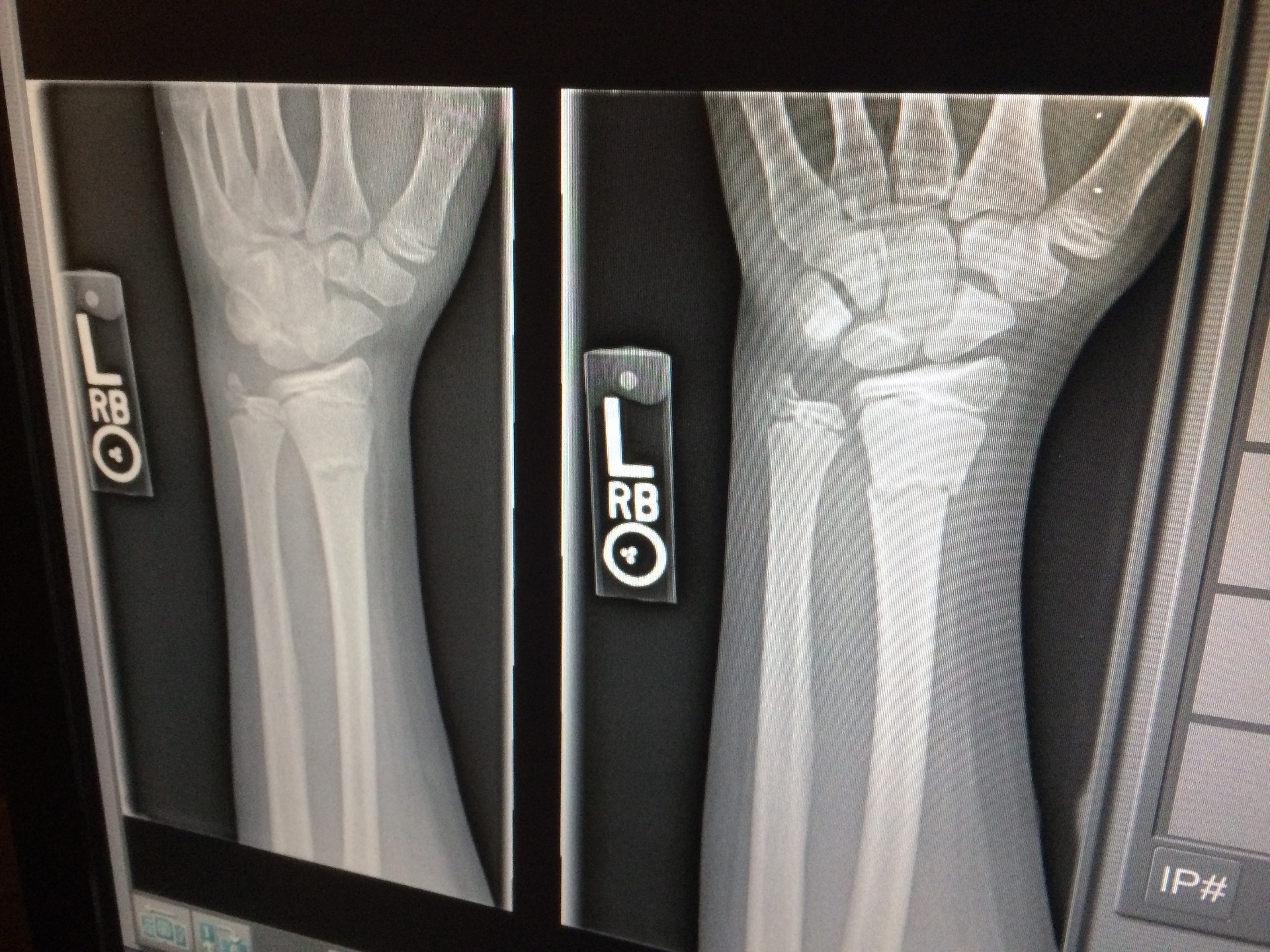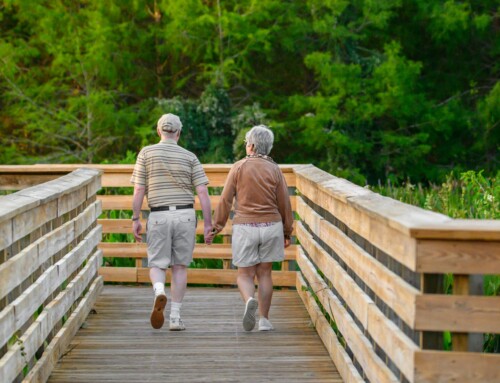Osteoporosis is a common bone disease that often results in an increased risk of bone fractures. Although you may think your skeletal system is made up of solid bone, only the outside of the bone is hard. Inside each bone are two layers: a layer of soft, spongy bone and an inner core made of bone marrow. Our bones are constantly being broken down and built back up again. Osteoporosis happens when too much bone is lost and too little is made to replace it. Bones become weak and brittle, making them susceptible to fracture. In cases of severe osteoporosis, even a minor bump against a table could break a bone.

Most people living with osteoporosis are not aware that they have the disease – that is, until a bone breaks. Fractures due to this “silent” condition usually affect the spine, wrist, or hip. Once a fracture occurs, the patient will have to endure a long, painful road to healing. Most people who break a bone due to osteoporosis never recover fully, and 50% of them face having to have daily assistance for the rest of their life.
What Causes Osteoporosis?
Osteoporosis happens when several factors combine in a perfect storm, reducing bone density.
Bone density describes how much bone tissue is present in a specific part of your skeleton. An x-ray will reveal bone density – good bone density reveals a dense matrix of bone cells, while severe osteoporosis shows a few thin strands of bone tissue and a lot of air.
The risk of osteoporosis depends on age, diet, exercise levels, hormone levels, and sun exposure to obtain Vitamin D. Men and women over 50 are more susceptible to osteoporosis. Other risk factors include:
- Medical conditions: individuals with celiac disease, Crohn’s disease, or rheumatoid arthritis have a higher risk of osteoporosis
- Prescribed medications: corticosteroids, antiandrogens, and aromatase inhibitors increase the risk
- Vitamin deficiency: specifically vitamin D and calcium
- Lifestyle: smoking or excessive alcohol intake increases the risk
- Weight: People who are underweight typically have lower bone densities
- History of fractures: those who suffered previous fractures are more at risk
Prevention and Reversal
There are a number of ways to minimize the risk of developing osteoporosis:
- Perform 30 minutes of weight-bearing physical activity daily
- Eat five servings or more of fruit and vegetables, in addition to high-calcium, low-fat foods such as milk, yogurt, almonds, broccoli, figs, or tinned whole fish
- Include more potassium in your diet – (apricots, bananas, oranges, prunes, and sweet potatoes)
- Limit your salt intake
- Drink lots of water and avoid carbonated drinks
- Get sun exposure on arms and face for at least half an hour daily
- Stop smoking and limit alcohol consumption
Some treatments may rebuild bone density after osteoporosis is present – be sure to ask your physician.
Before a diagnosis (or if the condition is not yet serious), these exercises may help. The time for you to start exercising is now! Remember, always speak with your doctor before beginning any new exercise routine. Not every exercise is appropriate for every individual.
Dancing
Hiking
Jogging or running
Jumping rope or skipping
Racket sports such as badminton, tennis, and squash
Balance exercises
Cross-training machines
Elliptical training machines
Gardening
Low-impact aerobics
Press-ups, Squats, and Lunges
Resistance bands
Strength-training using your body weight
Tai Chi
Walking
No matter their age, every person should take preventive measures against osteoporosis before it is too late.
A Banyan Residence is dedicated to the health and well-being of our residents. Call today to learn more about the active and vibrant lifestyle at our assisted living residence in The Villages.






